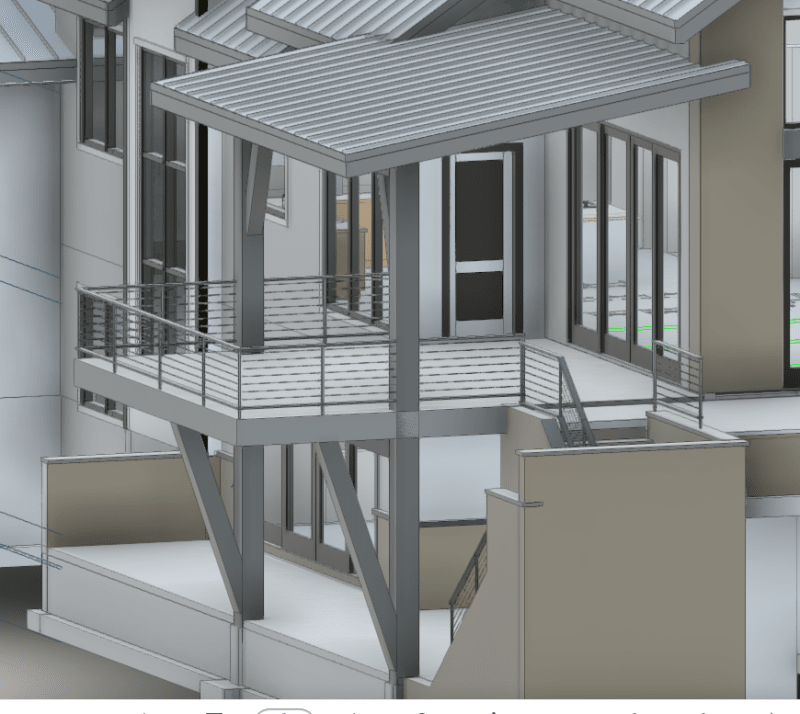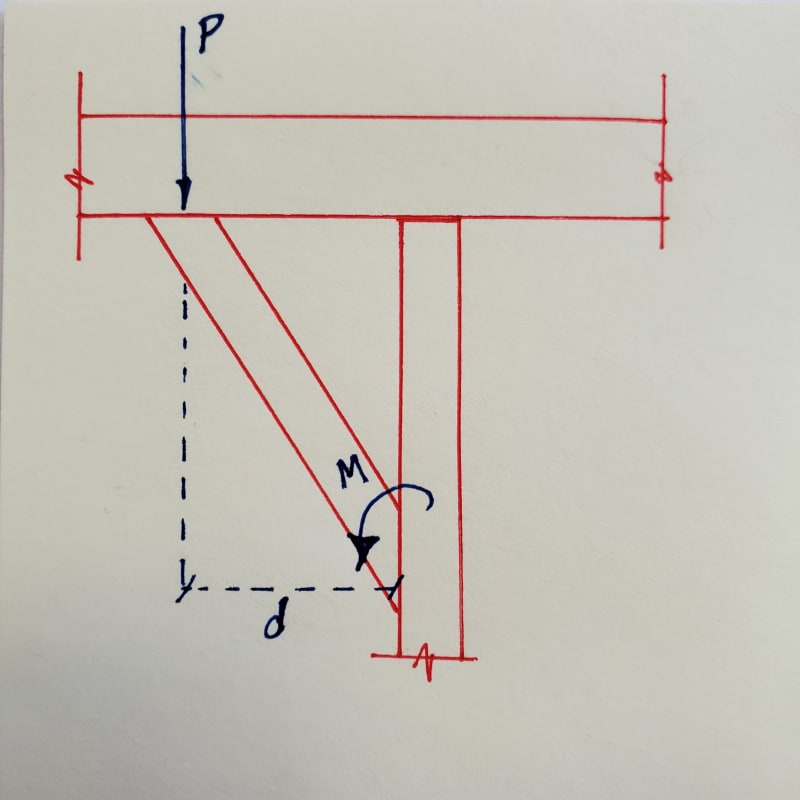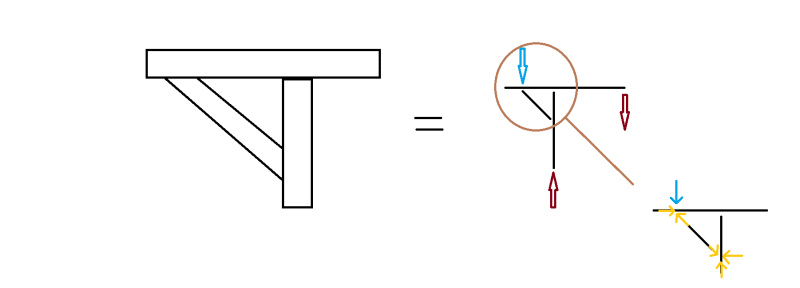JungleJoe
Structural
- Jun 25, 2021
- 35
Hi everyone, thanks for reading.
I am working on a residential project that has a deck with big (7' long) cantilever past the deck beam. The owner would like to use wood everywhere on this. See the pics below. Is there anything wrong with designing the deck joists to cantilever out that full distance? I've never designed a deck with a cantilever bigger than about 2' so going out just over 7' makes me nervous. I have run some numbers on some I-joists that seem adequate to me, but I'm wondering if any of you has experience with a cantilever like this. I will make sure to design the connection of the joists at the ledger. What potential issues have I neglected?


I am working on a residential project that has a deck with big (7' long) cantilever past the deck beam. The owner would like to use wood everywhere on this. See the pics below. Is there anything wrong with designing the deck joists to cantilever out that full distance? I've never designed a deck with a cantilever bigger than about 2' so going out just over 7' makes me nervous. I have run some numbers on some I-joists that seem adequate to me, but I'm wondering if any of you has experience with a cantilever like this. I will make sure to design the connection of the joists at the ledger. What potential issues have I neglected?




